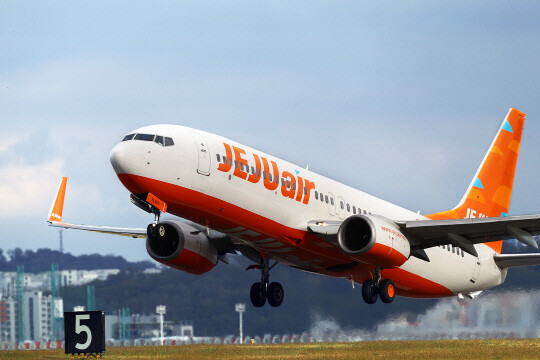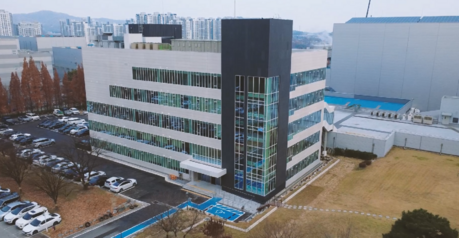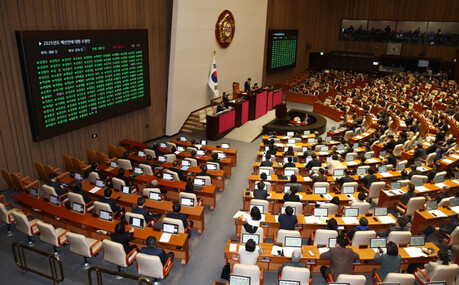
Da Nang, Vietnam – A Jeju Air aircraft carrying 183 passengers skidded off the runway upon landing at Da Nang International Airport in Vietnam, resulting in damaged tires. The incident, involving flight 7C2217 (B737-800) from Incheon, South Korea, occurred on May 28, 2025, local time.
According to aviation industry sources, the Boeing 737-800 veered into the soft ground of the runway's right-side safety area shortly after touching down. While the aircraft quickly returned to the paved surface, the maneuver caused significant damage to its landing gear tires. Fortunately, despite the alarming nature of the incident, all 183 passengers and crew on board were reported safe with no injuries.
Jeju Air immediately initiated tire replacement procedures on-site in Da Nang. Concurrently, the airline dispatched a replacement aircraft of the same model from South Korea to operate the return flight, 7C2218. This led to a substantial delay for the outbound flight from Da Nang, which departed 14 hours and 38 minutes behind schedule, finally taking off at 4:10 PM local time the following day (May 29).
South Korea's Ministry of Land, Infrastructure and Transport (MOLIT) has launched an investigation into the cause of the runway excursion. This inquiry will involve examining various factors including pilot actions, aircraft systems, and environmental conditions at the time of landing. Vietnam's Civil Aviation Authority (CAAV) is expected to cooperate closely with the South Korean investigators, as the incident occurred within their jurisdiction.
Understanding Runway Excursions and Investigation Procedures
Runway excursions, where an aircraft departs the side or end of a runway during takeoff or landing, are among the most frequent types of aviation incidents globally. While often not leading to fatalities, they can cause significant aircraft damage and pose a serious risk to occupants. Common contributing factors include adverse weather conditions (such as heavy rain, strong winds, or contaminated runways), pilot error, mechanical malfunctions, and issues with air traffic control guidance. Investigations into such incidents are thorough and multifaceted, typically involving an analysis of flight data recorders (FDR) and cockpit voice recorders (CVR), interviews with the flight crew and ground personnel, examination of the aircraft and runway, and review of meteorological data.
MOLIT's investigation will follow a standard protocol, aiming to identify the root cause of the incident rather than solely assigning blame. This process typically involves collecting all available evidence, including air traffic control communications, maintenance records, and operational procedures. The findings are crucial for developing safety recommendations to prevent similar occurrences in the future. The duration of such investigations can vary, from a few weeks for straightforward cases to several months or even over a year for more complex scenarios. The final report, once completed, is usually made public to enhance aviation safety standards across the industry.
Impact on Passengers and Airport Operations
While no injuries were reported, the prolonged delay significantly impacted passengers. Many would have faced inconvenience and disruption to their travel plans, with potential missed connections or appointments. Jeju Air, in line with standard airline protocols for such disruptions, would have been responsible for providing meals, accommodation, and communication updates to the affected passengers during the extended waiting period at Da Nang Airport. The airline's swift deployment of a replacement aircraft demonstrates its commitment to minimizing further disruption, albeit after a substantial delay.
For Da Nang International Airport, the incident likely necessitated a temporary closure or restricted use of the affected runway segment to allow for aircraft recovery and inspection. Such closures can cause ripple effects across airport operations, leading to further delays for other flights and potentially impacting air traffic flow. Airport authorities would have conducted thorough inspections of the runway surface and the immediate surrounding area to ensure its integrity and safety before resuming full operations.
This incident underscores the complex interplay of human factors, machine performance, and environmental conditions in aviation. The ongoing investigation will be critical in providing clarity on the specific chain of events that led to the Jeju Air aircraft's runway excursion in Da Nang.
[Copyright (c) Global Economic Times. All Rights Reserved.]






























